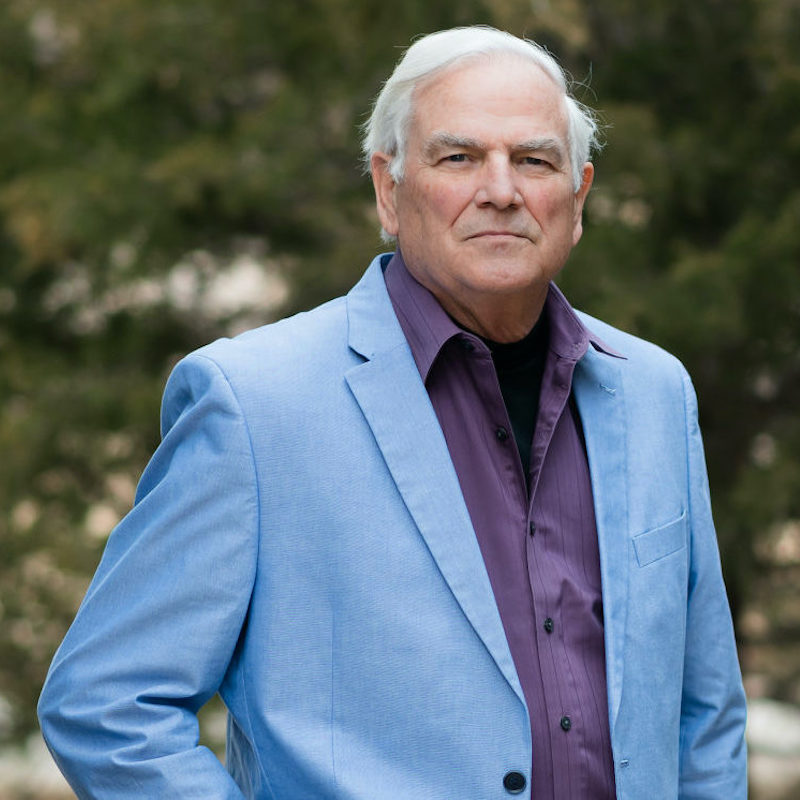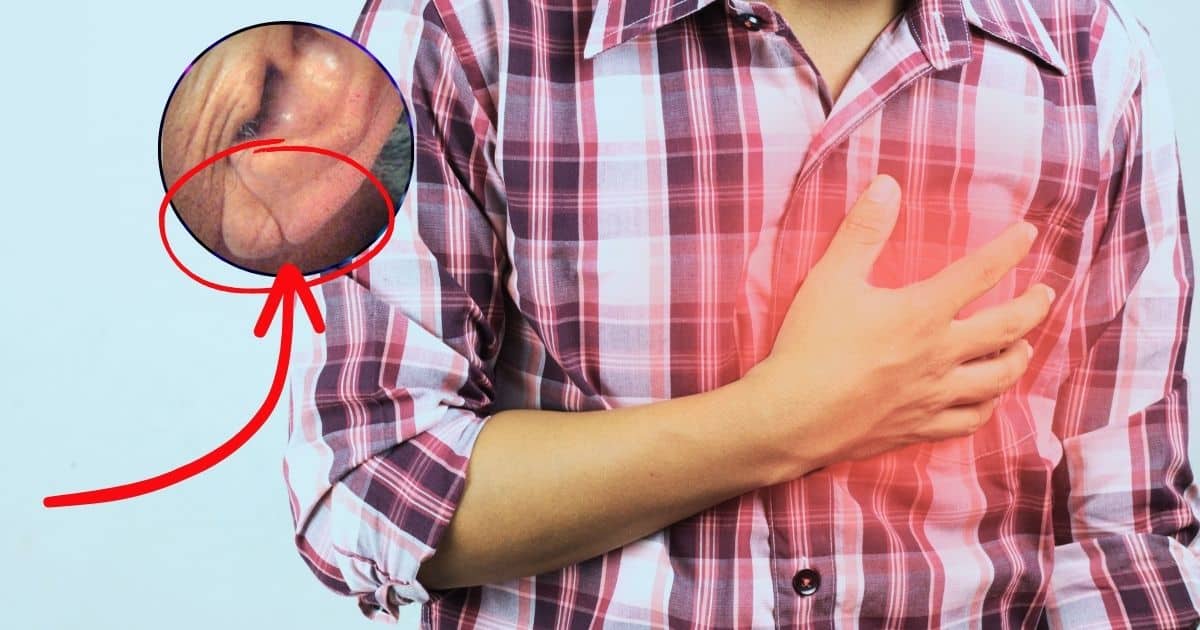In the realm of auditory anatomy, one intriguing feature that catches the attention of audiologists is the Auricle, commonly known as the Pinna. This discussion delves into the historical and medical significance of the Auricle, examining its association with Chinese medicine and its potential as a diagnostic tool for various ailments, particularly coronary artery disease (CAD).
While the subject has sparked debates and controversies over the years, recent studies and intriguing historical observations have continued to pique the interest of medical professionals.
Ancient Chinese Beliefs and the Auricle
Ancient Chinese medicine attributed great importance to the human ear and its connection to different parts of the body and internal organs. Chinese references dating back centuries suggest that all meridians converge at the Auricle, which contains around 91 acupoints, each corresponding to a specific body part or organ.
According to Chinese medical philosophy, changes observed in the Auricle can indicate disturbances in other areas of the body. Additionally, stimulating these acupoints on the Auricle is believed to bring about changes in the corresponding body parts.
This concept of the ear as a diagnostic and treatment area can be traced back to the Yellow Emperor’s Classics of Internal Medicine, an ancient Chinese medical book published over 2,000 years ago.
Frank’s Sign and its Association with Coronary Artery Disease
In 1973, Sanders T. Frank, an American Pulmonologist, published an article in the New England Journal of Medicine, describing the diagonal earlobe crease (ELC) as a potential marker for coronary artery disease (CAD).
This observation sparked subsequent studies that aimed to validate the association between ELC and CAD, independent of factors such as age, cholesterol levels, blood pressure, and smoking status. While some studies supported Frank’s findings, others found no significant correlation between ELC and CAD, suggesting it may be merely an indicator of advancing age.
The ensuing debate led to the publication of over 50 papers discussing the utility of ELC as a predictor of CAD, with some studies even linking it to acquired hypertension, heart disease, and diabetes.

Evidence and Controversies Surrounding ELC
One study published in Dermatology by Evrungu in 2004 reported a high predictive value of ELC for coronary heart disease (CHD). Although the concept of diagnosing heart disease based on earlobe creases may initially seem far-fetched, it falls into the category of “weird signs” that could potentially indicate underlying cardiac issues.
Notably, several studies have provided empirical evidence to support the association between ELC and CAD:
- A Swedish study of 520 autopsies found that ELC had a positive predictive value for coronary artery disease of 68-80% in individuals under 40.
- A Turkish study revealed that ELC was a stronger risk factor for heart disease than diabetes, family history, or smoking.
- At the Montreal Heart Institute, 91% of the patients with ELC were found to have heart disease compared to 61% of those without.
- An Irish study involving 247 patients demonstrated a predictive value of 71% for heart disease, indicating low sensitivity but high specificity.
Despite these intriguing findings, many physicians remain skeptical about the clinical usefulness of ELC as a predictor of CAD. However, they acknowledge that it should not be entirely dismissed and should be considered as part of a comprehensive assessment.
Historical Observations and Noteworthy Individuals
The curious case of Publius Aelius Hadrianus, better known as Hadrian, the Emperor of Rome from 113 to 138 BC, adds an intriguing historical perspective. Hadrian, who was an avid traveler and admirer of Greek culture, fell ill at the age of 60. He experienced progressive edema, episodic epistaxis, and developed a depression alleviated by indulging in rich food and drink. It was not until 1980 that a crucial clue was discovered: busts and sculptures of Hadrian depicted a distinct diagonal crease in both earlobes. This observation prompted speculation about the possibility of his demise being related to heart disease, glomerulonephritis, or even hereditary hemorrhagic telangiectasia. The presence of such earlobe creases in historical artifacts adds an intriguing layer to the ongoing investigation of this phenomenon.

Former US President, George W. Bush
Additionally, former US President George W. Bush has also been noted to have an earlobe crease. A Time Magazine cover from December 1, 2003, showcased his earlobe crease on the right ear and suggested the presence of hair in the ear canal—a controversial sign among most physicians. Reports have suggested that the combination of an earlobe crease and hair in the ear canal could be even more predictive of coronary artery disease than either sign alone. However, further research is necessary to ascertain the significance of this combination.
Potential Diagnostic Value of the Auricle
The Auricle, or Pinna, has captivated the attention of medical professionals for its potential diagnostic value. While ancient Chinese medicine recognized the Auricle as a reflexive area with connections to various parts of the body, contemporary studies have focused on the diagonal earlobe crease (ELC) and its association with coronary artery disease.
The debate surrounding ELC as a predictor of CAD continues, with conflicting studies and mixed opinions from physicians. Nevertheless, intriguing historical observations, such as the case of Emperor Hadrian, and notable individuals like President George W. Bush, have added fuel to the ongoing exploration of this phenomenon.
As research progresses, the Auricle may unveil more secrets, either solidifying its significance or remaining an enigmatic curiosity within the realm of medical diagnostics.
About the author

Robert M. Traynor, Ed.D., is a hearing industry consultant, trainer, professor, conference speaker, practice manager and author. He has decades of experience teaching courses and training clinicians within the field of audiology with specific emphasis in hearing and tinnitus rehabilitation. He serves as Adjunct Faculty in Audiology at the University of Florida, University of Northern Colorado, University of Colorado and The University of Arkansas for Medical Sciences.
**this piece has been updated for clarity. It originally published on June 18, 2013







